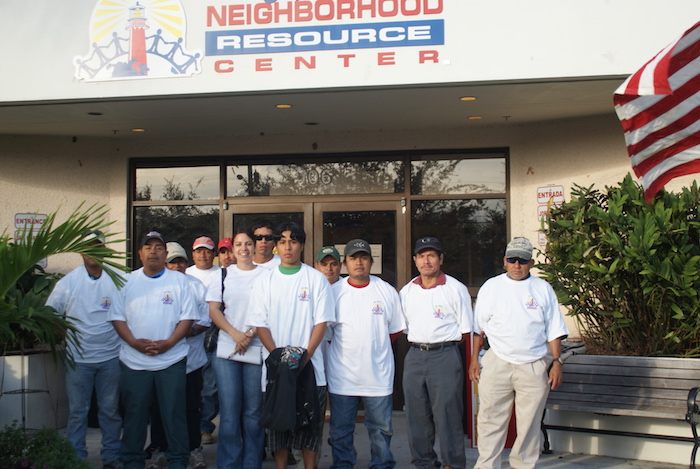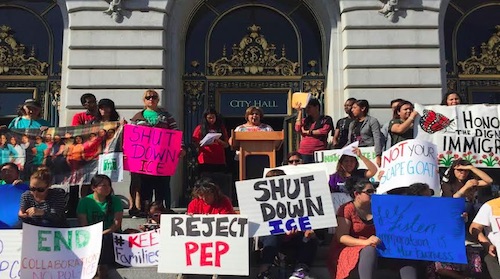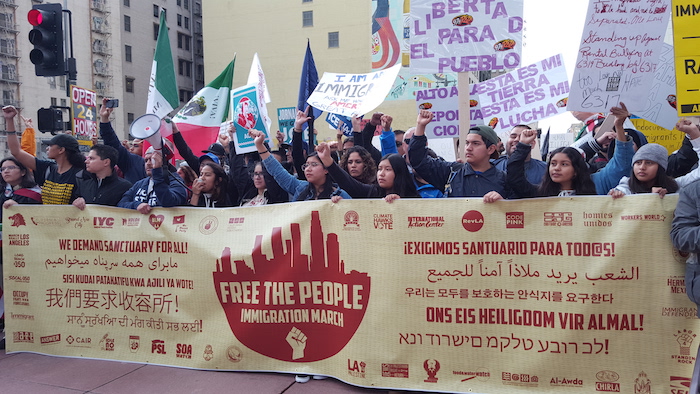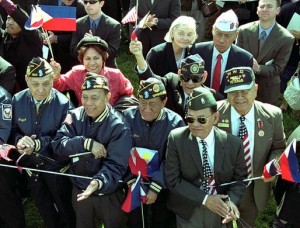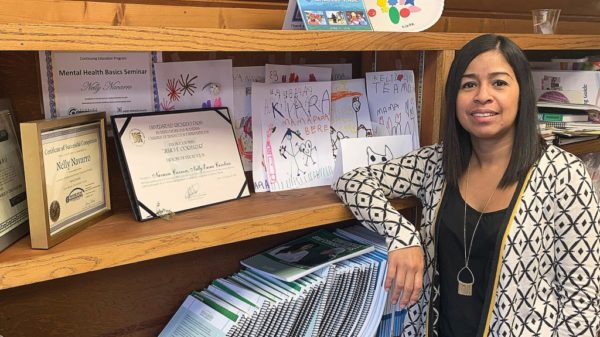
SONY DSC
TIM, The Immigrant Experience, Royce Emley
I immigrated to the United States about 48 years ago . I was born in Wales GB. I grew up in Lancashire England until I was 10. My family then decided to immigrate to Canada in 1952 and we were aboard the ship heading to North America when King George died. My Dad had decided to join his two brothers in Canada. We settled in London Ontario where I went to Art School. After graduation and my father’s retirement we moved north to Kincardine, Ontario which is on the east side of Lake Huron about 150 miles north of Detroit on the Canadian side of the lake. By this time I had got married and had a son.
I made a road trip to Florida in 1961 and found people offering me jobs. I decided about 1963 to immigrate to the USA.. I had a British passport so I started by visiting the US embassy in Detroit. I soon found out that the waiting list was long. At the time only 5000 people a year were allowed to immigrate from North America and that included Mexico and Canada. After several visits to the Embassy I was given a list of documentation I was to provide, before I would ever be allowed on the list. At the time it seemed impossible but by sheer determination I met the criteria. I first had to produce police reports from local, Provincial and the RCMP for every city in Canada I had lived in. I then had to provide letters from each company I had worked for, about my character and talent. I had been accepted as an applicant because I was an artist and had to prove I was an artist and talented. It continued, Passports, birth certificates, health reports, graduation certificates, letters from prominent people about my character and proof I had $5000 to bring with me so I could take care of myself and family. I also had to provide a letter of sponsorship from an American who would guarantee that I would never become a ward of the State. I was also told I would have to register with the Draft Board since we were in the middle of the Vietnam War. I also had to sign a document that I would never ask for welfare or any help from the government. It was explained that if I committed a felony I would be deported. After spending several more years of meeting all criteria we waited we were on the list. In March 1968 we were accepted and given a time table in which we were to enter the United States.
After selling everything we loaded up a trailer with what was left and on October 16, 1968 we crossed over the border in Detroit and headed to Florida down I75. We were met at the Florida border by a Hurricane that tried to roll our trailer off the back of the car. We held up in Coco Beach for a few days till the storm passed, then headed to West Palm Beach. We stayed with our sponsor who was a relative of my wife’s, while I found a job. It took me a few days and I became an art director at a Advertising agency.
 Six months later I started my own Advertising Agency in West Palm Beach, I hired several Americans and became over the next 3 years quite successful. In 1972 I won the Florida AAAA Governors award in Advertising and by 1973 we bought a house in Lake Worth. I had achieved the American dream and over the next 10 years fulfilled all my dreams of success; I bought a Porch 911, moved my office to Palm Beach and learned a lot about business. In 1974 one of my clients the National Enquirer had asked me to create a promotion to help them achieve the number one spot at every checkout stand in every supermarket Convenience store and Drug Store in America. I slowly over the next 5 years resigned some of my advertising accounts to work on the Enquirer project that was taking me to all parts of America to promote the paper. I kept an office in West Palm Beach and continued to service several profitable accounts like The Trump Plaza, a big Bank and the local Gas company.
Six months later I started my own Advertising Agency in West Palm Beach, I hired several Americans and became over the next 3 years quite successful. In 1972 I won the Florida AAAA Governors award in Advertising and by 1973 we bought a house in Lake Worth. I had achieved the American dream and over the next 10 years fulfilled all my dreams of success; I bought a Porch 911, moved my office to Palm Beach and learned a lot about business. In 1974 one of my clients the National Enquirer had asked me to create a promotion to help them achieve the number one spot at every checkout stand in every supermarket Convenience store and Drug Store in America. I slowly over the next 5 years resigned some of my advertising accounts to work on the Enquirer project that was taking me to all parts of America to promote the paper. I kept an office in West Palm Beach and continued to service several profitable accounts like The Trump Plaza, a big Bank and the local Gas company.
In 1979 my first wife fell in love with someone else and divorced me, my world changed. I lost all my major accounts except the Enquirer. I got a call from the New York Times as to whether I would work for them doing the same promotion work as I was doing for the Enquirer and so for the next 5 years I travelled to Hawaii and every major city in the country attending conferences and conventions doing promotions for the Enquirer and the New York Times Magazine Group. I remarried in 1982 to my present wife Susan who had a home in a small town north of West Palm Beach on the Treasure coast. Where we still live today. In 1987 I became ill from a virus and I was diagnosed with Encephalitis. The prognosis was not good! By the grace of God I survived the illness and recovered with all my facilities intact. After almost 1 year in hospital and rehabilitation. I rejoined the world. The Enquirer had been sold. The New York Times magazine group had been sold and I had lost all my advertising accounts.
I was now 58 years old and took a job driving for a Limo company but had time on my hands and was bored. Just south of us was a town that was filled with immigrants from Mexico and Guatemala. The town had a problem. The immigrants stood on street corners looking for day labor jobs and created quite a problem. Local residents complained about trash and sanitation along with traffic congestion and safety issues. The town and non-profit organizations came together and solved the problem. The town rented a building to the non-profit group to open a community center to serve immigrants living in the town. It consisted of a Work Center where contractors could hire Day Labor workers. A place where workers could learn English, get help with legal and health issues and get a meal 7 days a week. Since I was an Immigrant myself I felt compelled to give something back so I volunteered at the center. They were setting up an Identity card system and I got to photograph and create ID cards for all the workers and new immigrants that arrived at the center.

SONY DSC
This is where I first met Juan a Guatemalan immigrant. He was struggling with English and we would discuss the crazy English language he was trying hard to master. The first time he came by my desk he told me of an employer who had threatened not to pay him. He did but said he was pulling his leg. The American idiom had confused Juan and he wanted to know what it had meant. I explained it and he laughed. I then downloaded a list of American Idioms and their meanings printed it out and gave it to him. Each time I saw him I would ask how it was going and he would answer with an Idiom like “I feel like a million dollars” it became a game as to who could outdo the other with an idiom. He was living in a rented garage, a few blocks from the center, from an older couple who were in their 70’s, who had him work in the yard and keep the house fixed up for partial payment of rent. I met them and they were so thrilled at having him around since he would do things for them before they could ask. Juan was very smart and I was quite taken with his work ethic, his happy personality and abilities. He only stood about 5’5”, had black hair a round face with an ever-present big smile. When I needed to hire a worker for jobs around my house I asked for him at the work center. I had an old small pickup truck parked in an industrial center at a friend’s business. We would use it to haul lumber etc. I told him if he ever needed to borrow the truck for a job it was OK as long as he filled it with gas. I showed him where I hid the key in a small magnetic holder placed inside the right wheel well. On occasion he would ask to use it and I would tell him he could use it anytime. I remember one time I hired him to work on my lawn. I showed him the equipment I had, but instead he used a machete to do everything. He could edge the lawn along the driveway in a perfect line. His machete was his Swiss Army Knife that did everything. He worked harder than anybody I had ever met without any complaints. He inspired me to do a Poster for the Work Center using one of the American Idioms he was always fond of using, It went “Hard Work Never Killed Anyone. But Why Take a Chance. Hire a Worker from the Work Center”. He loved to help others and when the center asked for workers to do Community Service Projects he was always there to volunteer. I one time drove him home during a downpour and got to meet the people he was renting from. He took me aside when we entered his room and asked if I knew where he could get a gun. I was taken back and asked why he needed a gun? He explained that his family lived in this small village and the rebels or thugs would raid the village and people would get killed. He then showed me the bullet holes in his legs and back where he had been shot. He claimed he needed to send the gun to his family for protection. It turned out that there were couriers who would take back money or things to his village in Guatemala. They were workers who saved up their money from working here and returned to Guatemala since most had wives, kids and parents they were supporting back home in Guatemala many people used the services of a returning mule. He told me that he loved his village and wanted to save enough to get back home and build a nice home for his family. He told me about his trip through Mexico and crossing into Texas. He claimed that Texans had shot at him as he ran through the desert, hunting him like an animal. He claimed several friends he was traveling with never made it.
Since I lived in Florida, one hobby I had taken up was Metal Detecting and I would walk the beach looking for silver or gold items. Since I had more than one detector I asked Juan on occasion if he would like to do a little hunting with a detector. During these walks we would talk about treasure. I told him it was called the Treasure Coast because of all the Spanish Treasure ships that had sunk during storms off the coast. I also mentioned that you should look for groups of large round stones in the sand dunes since the ships used these as ballast and were an indicator of a ship wreck. We found a few silver rings and a chain necklace during our outings on the beach but no real treasure. I came upon a key for a Porche car but we went to the parking lot and pressed the horn panic button but never found the car. We dropped it off at the police station lost and found. I would not see Juan everyday but run into him several times a week at the work center or get an occasional call from him inquiring about places. I didn’t know his last name so I looked it up in our records it was Juan Vasquez. I would tell him jokes like “Do you know why Guatemala does not have a very good Olympic Team?…Because anyone who is good at running, jumping or swimming is in this country! He would laugh and go looking for a Guatemalan friend to tell it to.
During the next few months not much happened till I got a call from Juan asking to use the truck for a weekend. He explained that a contractor had hired him to dig a trench at a house on the beach so they could lay a water line out to the beach for a shower he was installing. They had used a trench digger but at the sand dune they had run into a large pile of rocks and stones and needed the truck to haul them away. He said the contractor was mad because we had hurt the trench digger, and had said nasty things to him and his friend and told him he had the weekend to get rid of the stones or they would not get paid. I said no problem use the truck. I did not hear from Juan for a week or two and was curious how it had worked out for him. By this time he had become very proficient at learning English and had been given several certificates from the center for completing their classes. He many times acted as an interpreter when a new Guatemalan immigrant came to get an ID card at my desk. I was not worried since many of the best workers got offers of full time jobs after working for a contractor. Several more weeks past and I inquired at the desk to see if he had registered for work lately. No one had seen him.
I drove over one afternoon to check on the truck at my friends business. The truck was there with the bed filled with round stones and sand. On the driver’s seat was an envelope with my name on it. Inside the envelope was a small gold chain with a note. That said, “Feel like a million dollars”. I was baffled, I took the chain to a Jewelers who claimed it to be real gold and worth about $1800 at that day’s gold prices.

Royce Emley
I went to the house where Juan lived. They told me he had moved out 10 days ago and said he was going home. But before he left he had hired some of his friends and had painted their whole house including the trim as a gift. Now I was really curious and went to the Work Center asking if anyone knew anything. No one had any clue. Many workers came through the center and disappeared later moving to other parts of the country to look for better jobs or got hired by local contractors or simply went back home so it was not mysterious to them.
Since I got to meet just about all the new immigrants from Guatemala when they needed an ID card I would inquire where they came from, and which village they were from. It was almost a year and a half later that I met a man from Juan’s village and asked if he knew him. Know him! He was the reason he had taken the dangerous trip to come here. Juan is very well known in his village he had returned after several years in America and on his return had built his family this wonderful house, a small clinic and a real school in their small mountain village. He explained, that is where he learned to speak English and Juan’s story inspired him to come to America.
So I concluded Juan had found the gold in that sand dune filled with round boulders the one he had been digging the trench through. The gold the Spanish had stolen from the Guatemalan Indians and were sending back to Spain when it shipwrecked off the Florida shore near where we lived. I guess I will never know the real story, but maybe the story that American streets are paved with gold is one story they still tell in a small village in Guatemala.

